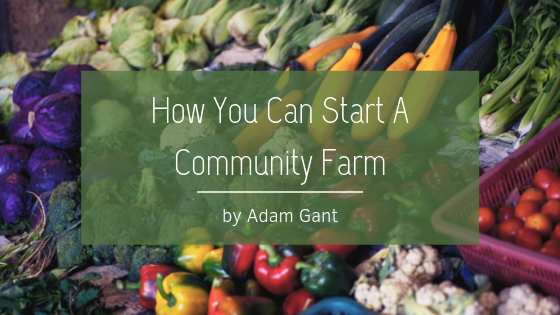Nutritionists recommend that people eat a variety of fruits, vegetables, grains, proteins, dairy products and healthy oils or fats on a daily basis. For over 42 million Americans, putting food on the table is a struggle. They do not have the means to provide for the nutritional needs of their families.
Over 13 million children go hungry on a daily basis. As summer vacation begins, the hunger crisis becomes a more prevalent problem. Students who have been getting meals at school will now be home all day without appropriate food to eat.
Approximately 10 million elderly adults in America also experience daily hunger. The senior citizen population often hide their struggle with food. They have a tendency to use what they have to benefit other people.
Government programs only marginally help those who need food assistance. Some struggling Americans do not qualify for the assistance that is offered. As a result, more people are turning to food banks for help.
Most food banks rely on volunteers and donations to provide for people in need. As summer starts, donations begin to dwindle. With fewer contributions, food banks become limited on how much help they can provide. Bulk donations of non-perishable food items can help sustain a program’s food supply and keep them in business.
Here are some suggestions for items that can be donated in bulk.
Proteins:
- Canned Meats
- Canned Fish
- Peanut Butter/Other Nut Butters
- Dried or Canned Beans/Legumes
Grains:
- Rice
- Pasta
- Quinoa
- Oatmeal
- Whole Grain Cereal
Dairy:
- Dry Milk
- Canned Milk
- Shelf-stable Cheese Products
- Boxed Milk
Vegetables/Fruits:
- Canned Vegetables
- Canned Fruits
- Raisins/Dried Fruits
Miscellaneous Items:
- Spices
- Vegetable, Beef, or Chicken Stock
- Pasta Sauces
- Gravy or Seasoning Mixes
- Tea, Coffee or Drink Mixes
Hunger doesn’t stop for summer. Bulk donations to food banks can help provide nutritious meals for families in need all summer long.


